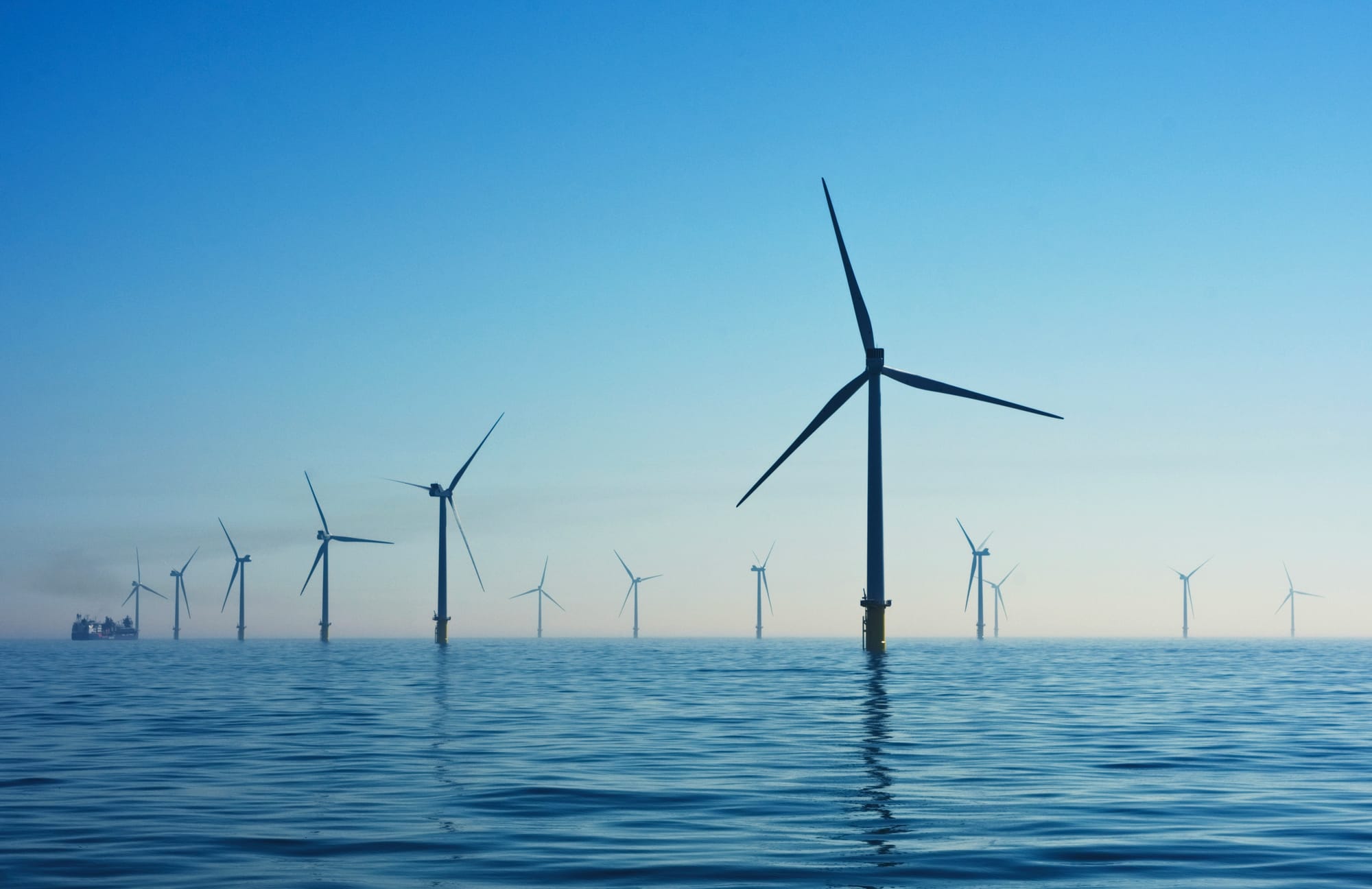Offshore wind farm development in Australia and potential environmental impacts
A newly published review offers the first comprehensive assessment of the environmental implications of floating offshore wind farms in Australian waters.

We just had a published review in Marine and Freshwater Research that offers the first comprehensive assessment of the environmental implications of floating offshore wind farms in Australian waters. The study, entitled "Environmental considerations related to floating offshore wind farms: a case study from waters around New South Wales, Australia", was led by Dr. Rachel Przeslawski and co-authored by a diverse team of experts including our lab leader Assoc Prof Ana Sequeira from the Australian National University. We use as case study the Hunter and Illawarra regions off New South Whales (NSW), which are two among six zones that have been earmarked for offshore wind development in Australia.
The review paper highlights that compared to fixed turbines, floating offshore wind farms may reduce some impacts like seabed disturbance and underwater noise, but it also introduces unique environmental challenges. For example, migratory species such as whales, seabirds, and sea turtles, may be affected by noise, light pollution, and habitat disruption. Importantly, we might not yet have enough information to assess full risks to these species.
On the positive side, floating offshore wind farms could act as artificial reefs, attracting fish and supporting biodiversity. However, there is a critical lack of baseline environmental data for deeper offshore ecosystems in Australia, making impact assessments difficult. So, key take home message is: targeted environmental surveys, species tracking, and improved regulatory frameworks are needed to guide responsible development of these renewable energy infrastructures.
This review is the result of a broad collaboration across universities, research institutes, government agencies, and conservation groups, including expert co-authors from Curtin University, the University of Wollongong, CSIRO, the University of Western Australia, University of Tasmania, Research Connect Blue, Australian Institute of Marins Science, and the Australasian Seabird Group spanning marine acoustics, seabird ecology, fisheries science, and environmental policy. This collaborative effort fills a critical knowledge gap in Australia’s transition to renewable energy and provides a roadmap for balancing clean energy goals with marine conservation.
Thanks to Rachel for her awesome leadership and congratulations to the team for this great achievement.
